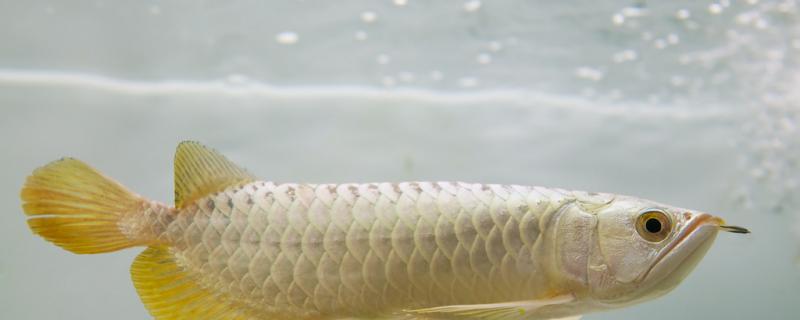 1. How to distinguish between over-backed Arowana and high-backed Arowana
1. How to distinguish between over-backed Arowana and high-backed Arowana 1. Different scales: The biggest difference between over-backed Arowana and high-backed Arowana is their scales. The bead scales of over-backed Arowana can reach 6 rows, and the whole scales of over-backed Arowana have heavy metallic texture. The pearl scales of high-backed Arowana are relatively few, which are generally about 4 rows, and some good ones can reach 5 rows. However, the scales on their bodies are not as good-looking as those on the back of Arowana, and their gloss is not high.
2. Different varieties: The over-backed Arowana is a pure Arowana variety, and the high-backed Arowana is a cross between the over-backed Arowana and the gem Arowana. There are great differences between the two varieties, but this difference is difficult to distinguish in appearance.
3. Different body shapes: The over-backed Arowana is fatter, or it can be said that they are taller. High-backed Arowana is thinner.
2. Can the over-backed Arowana and the high-backed Arowana be raised togetherIt is not recommended to raise the over-backed Arowana together with the high-backed Arowana, because first of all, they are relatively large in size, and it is difficult for normal fish tanks to meet their required activity space. Secondly, they are fierce in character and have a strong sense of territory, so they may have conflicts when they are raised together. Finally, they grab food seriously. If they don't feed enough food, there may be fights.